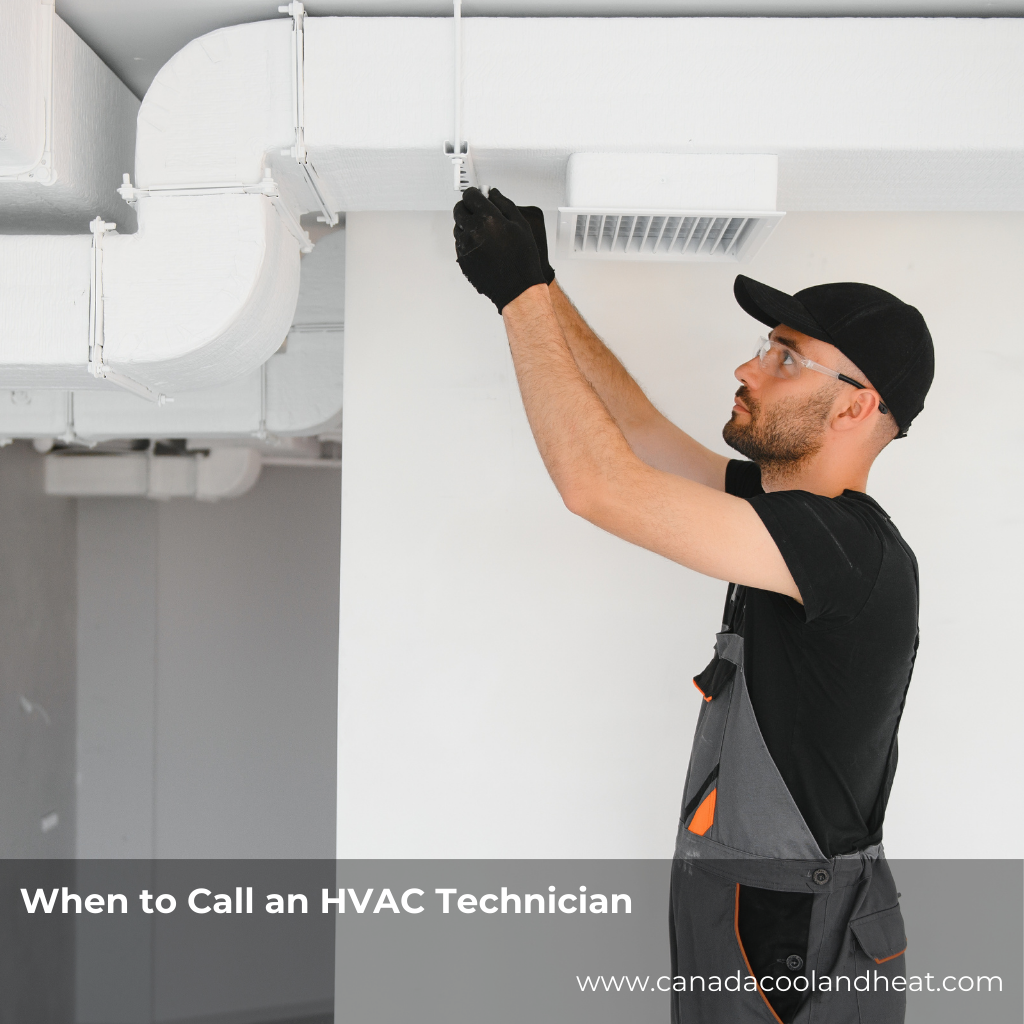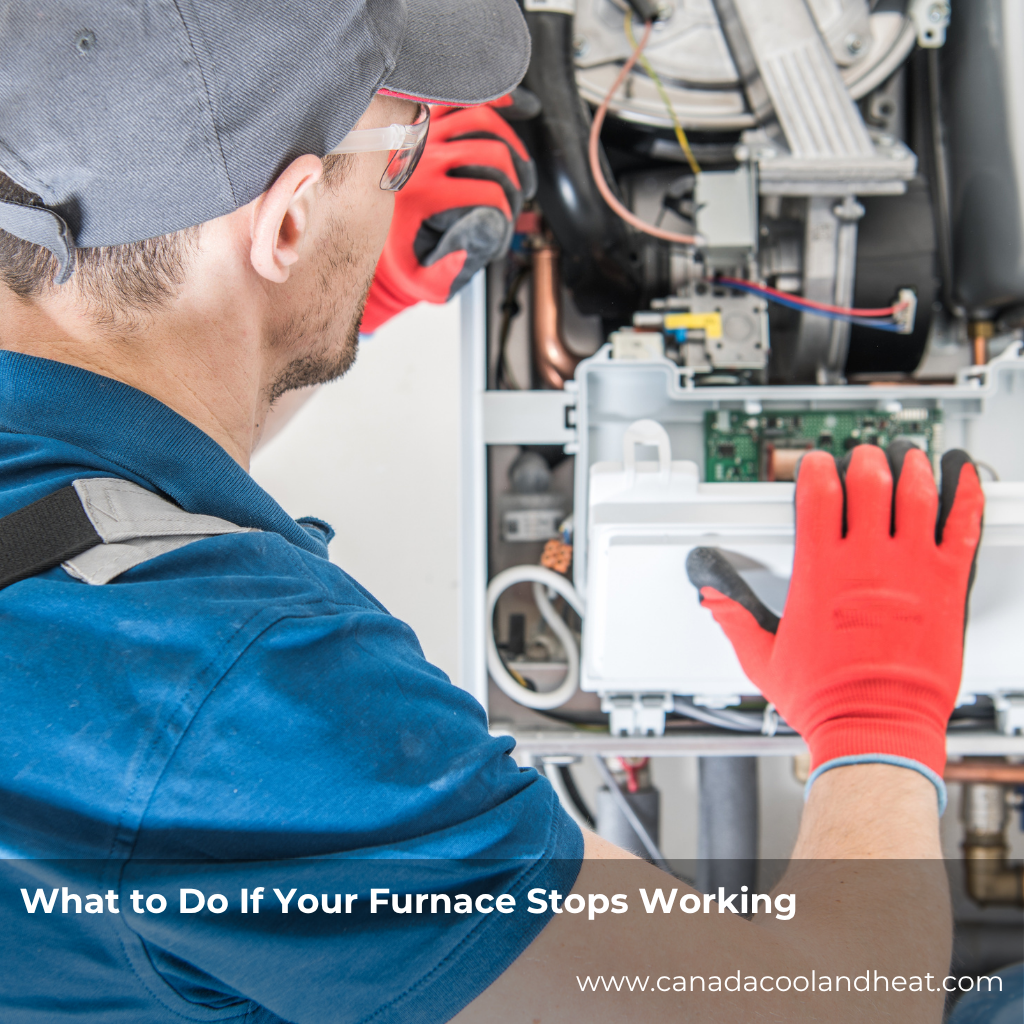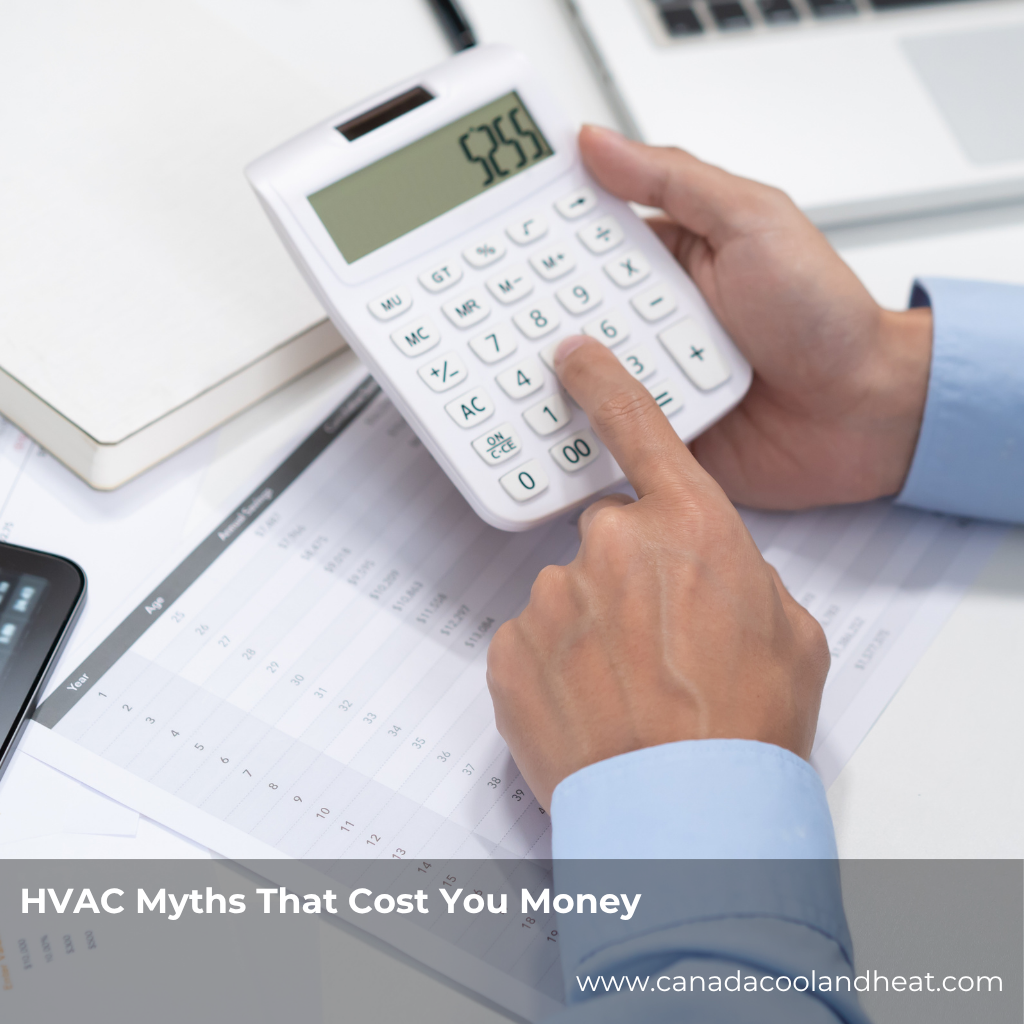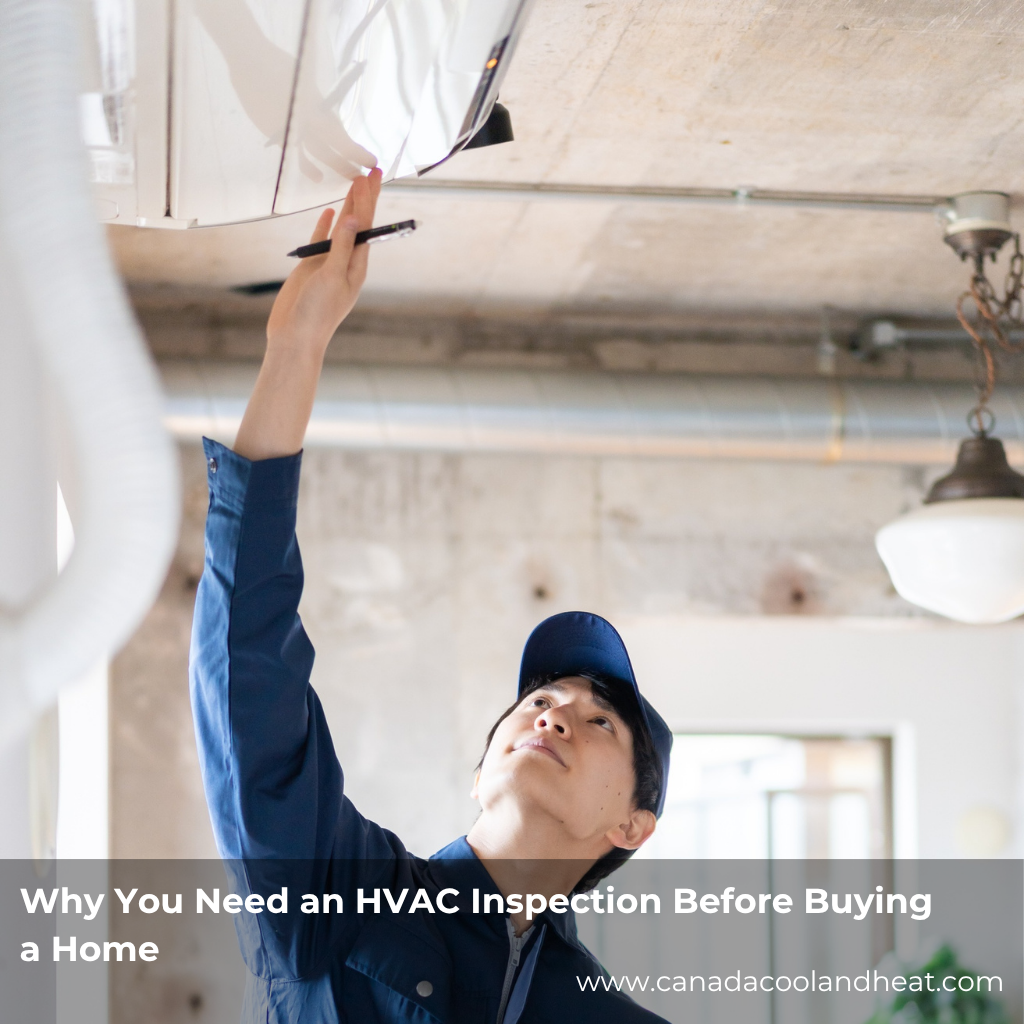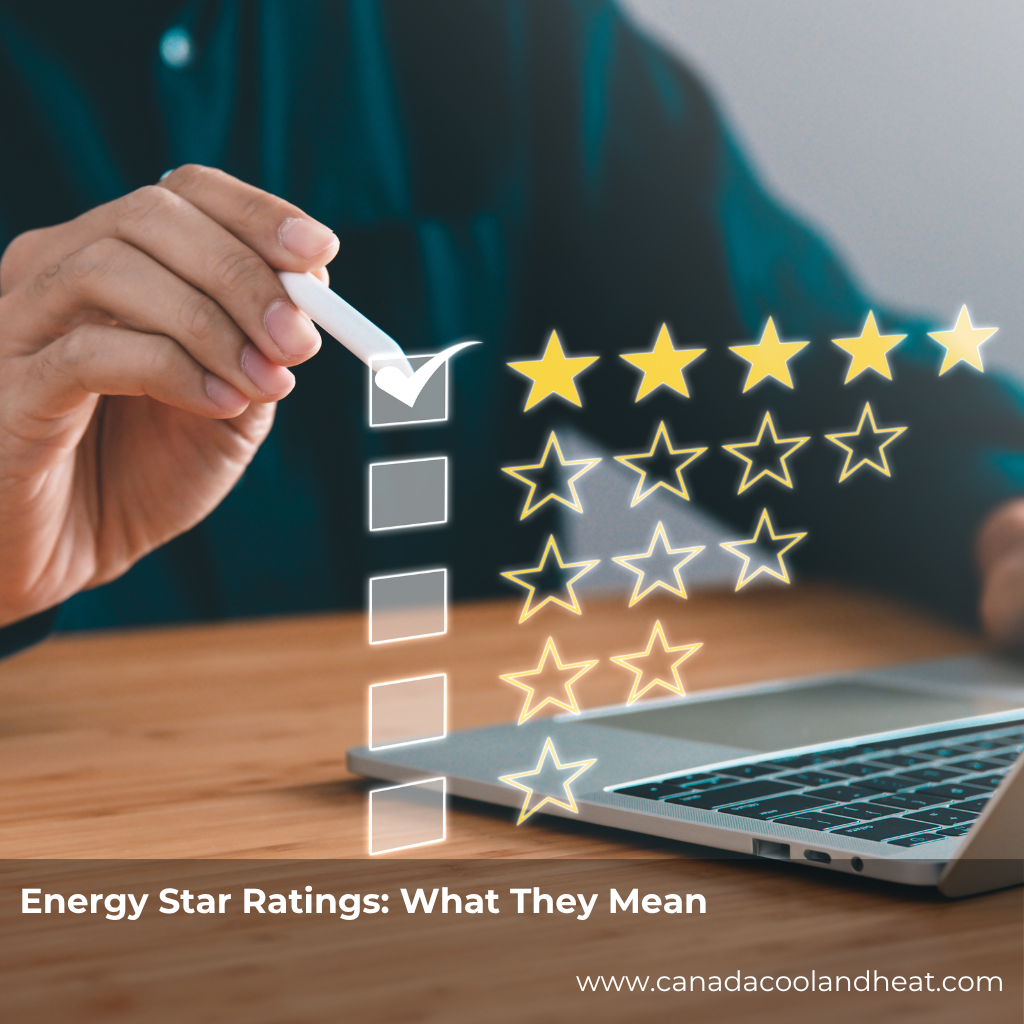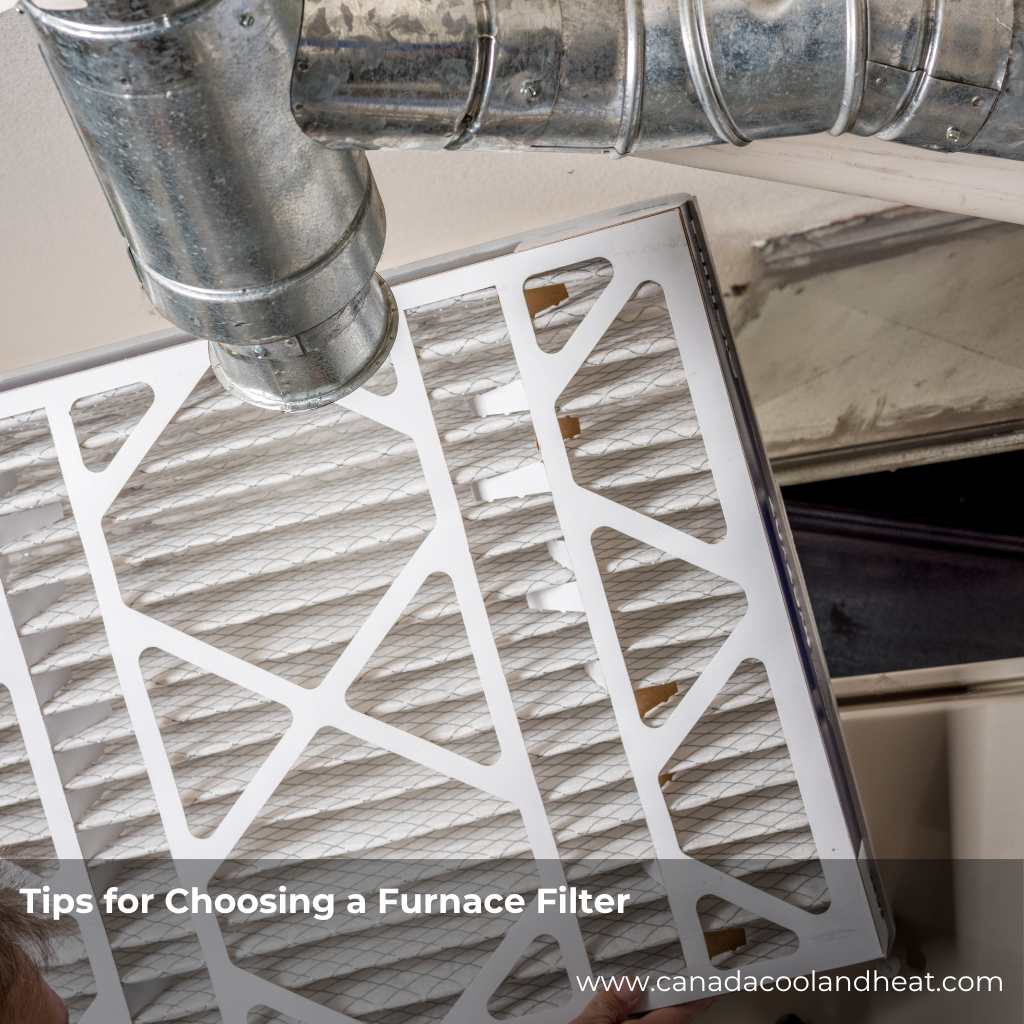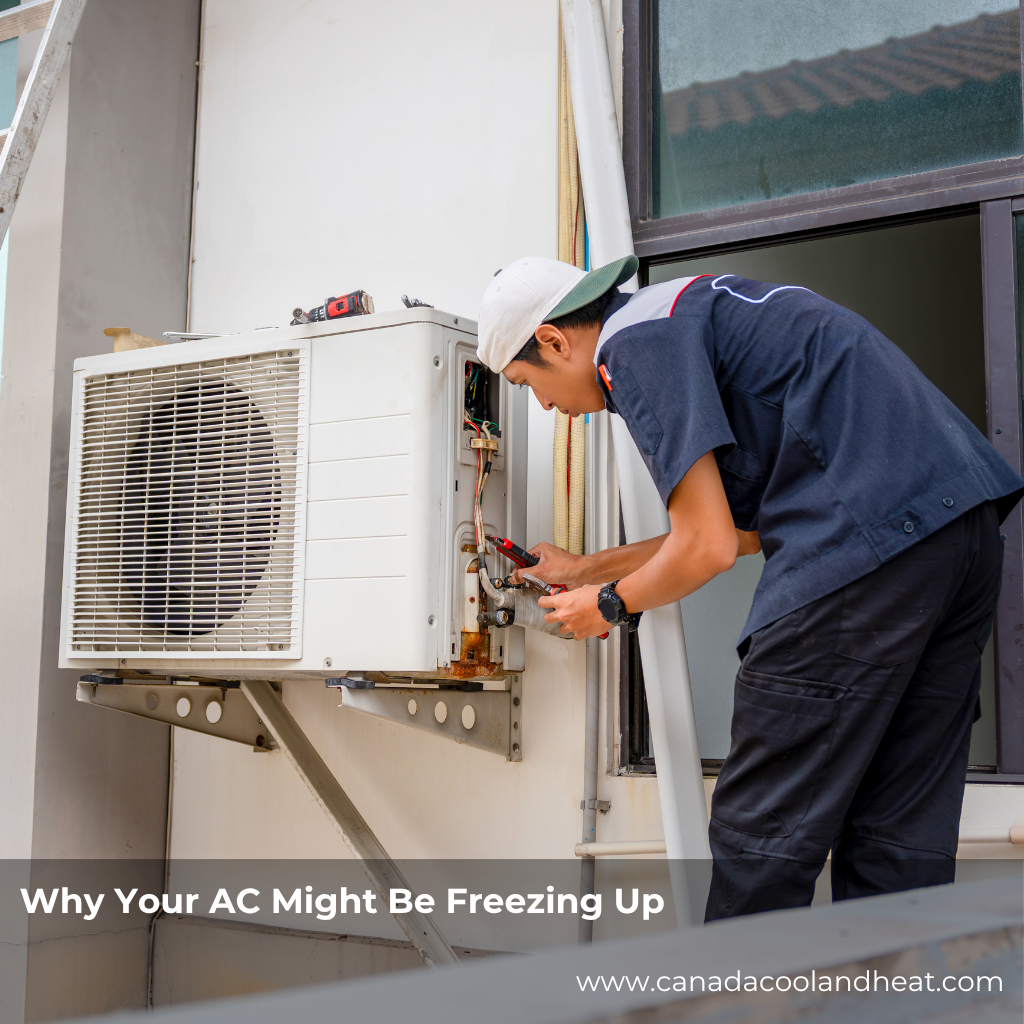Why Proper Kitchen Ventilation Matters
Cooking produces more than just delicious aromas. It releases:
-
Grease particles that cling to surfaces.
-
Moisture that adds humidity to your home.
-
Combustion byproducts like carbon monoxide when using gas ranges.
-
Strong odors that linger long after dinner.
A vent hood’s job is to pull these pollutants out of the kitchen and exhaust them outside. Without proper ventilation, you risk indoor air quality issues and strain on your HVAC system as it tries to manage unbalanced air pressure.
How Range Hoods Affect HVAC Balance
Every vent hood is essentially an exhaust fan. When it pulls air out of the kitchen, that air has to be replaced somehow. This creates a push-and-pull relationship with your HVAC system:
-
Negative Pressure Problems
If the vent hood pulls too much air without enough replacement, it can create negative pressure. This might cause:-
Drafts from doors and windows.
-
Backdrafting from fireplaces or water heaters.
-
Uneven heating or cooling throughout the home.
-
-
Impact on HVAC Efficiency
A large, powerful range hood running at full speed could pull conditioned air (that you’ve already paid to heat or cool) right out of your home. This forces the HVAC system to work harder, driving up energy costs. -
Indoor Comfort Concerns
Ever notice a room that feels stuffy or unusually cold after cooking? That’s often a sign the vent hood and HVAC aren’t balanced properly.
This delicate balance is why consulting an HVAC technician matters. They can evaluate your home’s airflow, calculate make-up air requirements, and recommend solutions that keep both your kitchen and HVAC system in harmony.
Range Hood Sizing Guidelines
Not all kitchens need the same ventilation power. Range hood size and airflow capacity (measured in cubic feet per minute, or CFM) should match your cooking style and stove type. Here’s a general guide:
-
Electric Cooktops
-
About 100 CFM for every 10 inches of stove width.
-
Example: A 30-inch cooktop = ~300 CFM.
-
-
Gas Ranges
-
Stronger ventilation needed due to higher heat and combustion gases.
-
Rule of thumb: 1 CFM for every 100 BTUs of burner output.
-
Example: A 50,000 BTU range = ~500 CFM.
-
-
High-Powered or Professional Ranges
-
May require 600–1200 CFM or more.
-
Definitely a case where an HVAC technician should be consulted to ensure proper make-up air is supplied.
-
Pro Tip: Bigger isn’t always better. Oversized hoods can cause the same balance problems as undersized ones.
When to Call an HVAC Technician
So how do you know it’s time to bring in the pros? Look out for these signs:
-
Lingering odors after cooking, even with the hood running.
-
Rooms that feel drafty when the range hood is on.
-
Unusual humidity levels in the kitchen or nearby rooms.
-
Difficulty heating or cooling the home consistently.
-
Installing a new hood with 400+ CFM capacity (code often requires a make-up air system).
-
Upgrading to a professional gas range with higher BTUs.
-
Backdrafting issues with fireplaces, water heaters, or furnaces when the hood is in use.
An HVAC technician can measure airflow, recommend a make-up air unit if needed, and fine-tune your system to prevent energy waste and comfort issues.
Conclusion
Your kitchen vent hood is more than just a smoke-and-smell eliminator—it’s a key player in your home’s HVAC system. Sizing it correctly and ensuring it doesn’t throw your home out of balance is essential for comfort, safety, and energy efficiency.
If you’re planning a new installation, noticing drafty rooms, or struggling with lingering cooking odors, don’t guess—call an HVAC technician. They’ll make sure your vent hood and HVAC system work together, not against each other.
Frequently Asked Questions
1. What’s the ideal CFM for a standard home kitchen vent hood?
For most electric ranges, 300–400 CFM is enough. Gas ranges may require higher, depending on BTU output.
2. Do all vent hoods need a make-up air system?
Not always. However, hoods over 400 CFM typically need make-up air to meet code and prevent negative pressure.
3. Can an oversized vent hood damage my HVAC system?
It won’t directly damage it, but it can pull conditioned air out too quickly, forcing your HVAC to work harder and reducing comfort.
4. Why does my kitchen still smell after using the vent hood?
This could mean the hood is undersized, improperly vented, or recirculating instead of exhausting outdoors.
5. Should vent hoods recirculate or vent outside?
Venting outside is always best. Recirculating hoods filter some particles and odors but don’t remove moisture or combustion gases.
6. Can a vent hood cause backdrafting?
Yes. Powerful hoods can pull air backward through chimneys or flues if make-up air isn’t provided.
7. When installing a new kitchen range, should I upgrade the vent hood too?
Yes—especially if switching to gas or a professional range. Proper ventilation protects both indoor air quality and HVAC balance.

